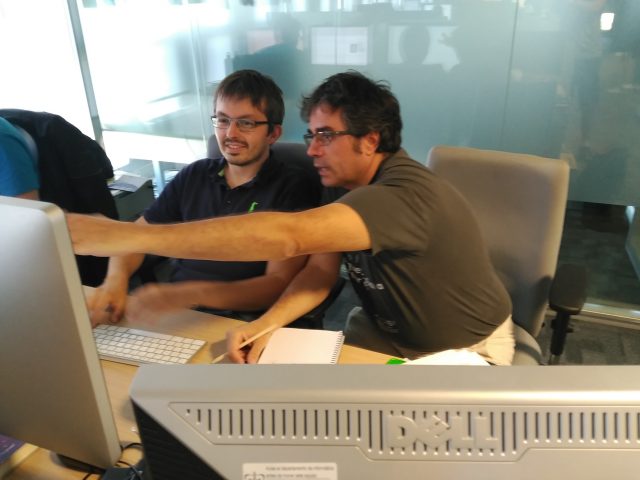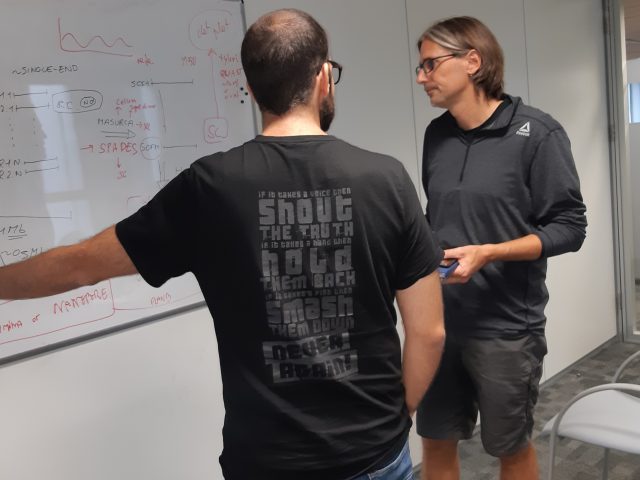One of the frequently asked questions addressed to researchers is “What do you do exactly all day in the laboratory?” It is known that our work, which focuses on basic research, doesn’t produce anything concrete or immediately usable. For example, no one would think of asking the same question to a pastry chef, a plumber or a doctor.
Today we talk about establishing contacts with other researchers that is one of the essential activities of researchers. For example, to fulfil the scientific method it is essential that the work of each is thoroughly reviewed by other scientists (peers) before it can be published. This process, which you may have heard of, is called peer review. A second possibility is to exchange ideas with other researchers by establishing scientific collaborations. The latter serve to broaden the knowledge of each participating researcher by bringing together scientists from different fields who benefit from the exchange of ideas and experiences. Collaborating is so deeply part of our activity that often a scientific project acquires much of its effectiveness and validity when it is designed and carried out together with other laboratories. The activity of the Genigma project is no exception!
Over the past few weeks, our scientific team has been working closely with the Genome Assembly and Annotation laboratory, which works like us at the CNAG in Barcelona. In particular, we shared ideas, food for thought and knowledge with Tyler Alyoto (image on the right) and Fernando Cruz (image on the left) who have a lot of experience with computational algorithms for genome assembly. Given the closeness of their work with the purpose of Genigma, which is to study the rearrangements of the genome sequences in cancer cell lines, we have learned from them the most effective strategies and tools to analyze DNA sequences and thus prepare data to use in our App. With their help, we are now more prepared to improve our analysis with new tools and make our final results more controlled and robust.

